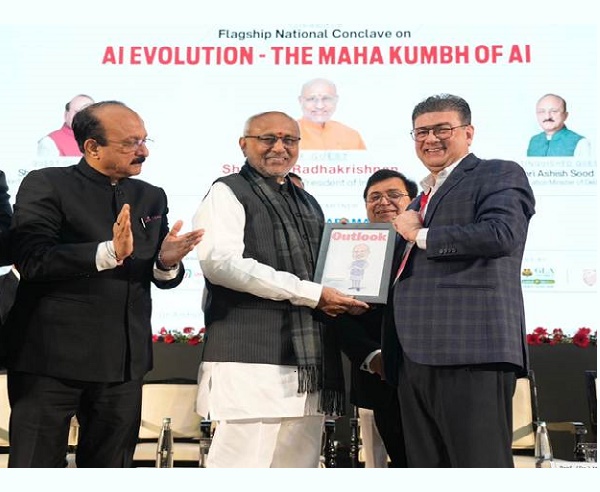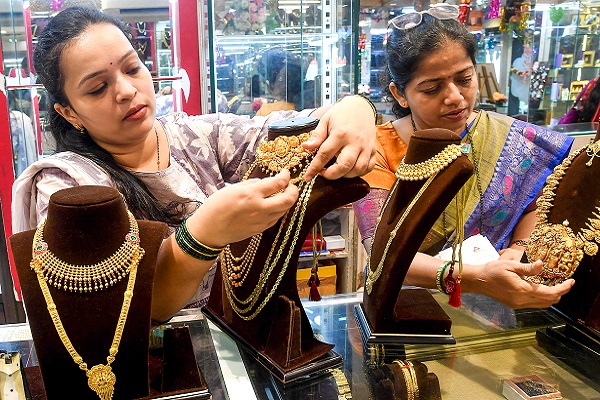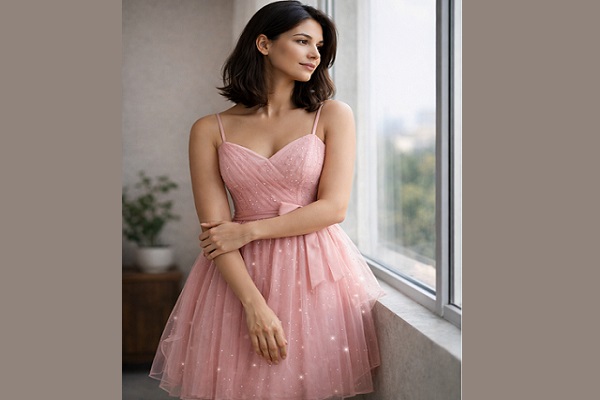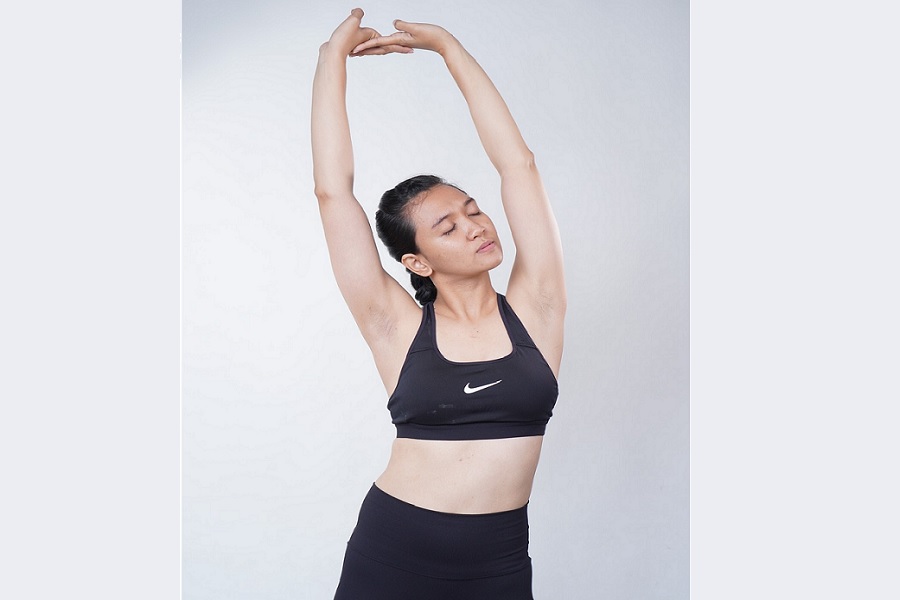Grace and Glory: The Timeless Charm of the Traditional Nauvari Saree

The Nauvari saree, also known as Kashta saree, is a symbol of Maharashtra's rich cultural heritage and feminine strength. Literally translating to "nine yards," this unique drape style traces its origins to the Maratha warrior era, when women needed the freedom to move swiftly in battle yet maintain their modesty and grace.
A Historical Tapestry
The Nauvari saree has roots in the Maratha Empire, where women adapted this drape to emulate a dhoti-style look, enabling mobility while staying true to their traditional attire. Once associated with women warriors like Rani Lakshmibai, the Nauvari today is worn during festive occasions, folk dances like Lavani and Tamasha, and Maharashtrian weddings.
Draping Style
Unlike the conventional six-yard saree, the Nauvari is wrapped around the legs like a dhoti, with the remaining fabric elegantly draped over the shoulder. This style is not only functional but also embodies boldness and dignity.
Variety and Fabrics
Traditionally made from cotton or silk, modern Nauvari sarees now come in vibrant Paithani weaves, Banarasi styles, and chanderi patterns, often embellished with golden borders, zari work, and motifs like peacocks and lotuses. Popular colors include royal blue, deep green, mustard yellow, and rich maroons.
Contemporary Fusion
Today’s designers are reimagining the Nauvari saree with modern silhouettes, blouses with dramatic cuts, and even belted styles to give it a chic update. Bollywood films and fashion shows have helped revive interest, with celebrities like Madhuri Dixit, Sonali Bendre, and Priyanka Chopra proudly sporting this look.
Occasions to Flaunt Nauvari
Ganesh Chaturthi & Gudi Padwa: Showcases cultural pride.
Weddings: Maharashtrian brides often wear Nauvari sarees in green or yellow hues.
Dance Performances: Essential attire for Lavani and traditional folk dances.
Styling Tips
Pair with nath (nose ring), green bangles, mundavalya (forehead ornament), and a bun adorned with gajra (flowers).
Opt for a waist belt (kamarbandh) to accentuate the drape.
Go for kolhapuri sandals or mojris to complete the traditional look.
Conclusion
The Nauvari saree is more than just a garment — it’s a celebration of Maharashtra’s cultural richness, a symbol of womanly strength, and a timeless fashion statement. Whether worn in its pure traditional form or fused with modern flair, the Nauvari continues to command admiration across generations.























